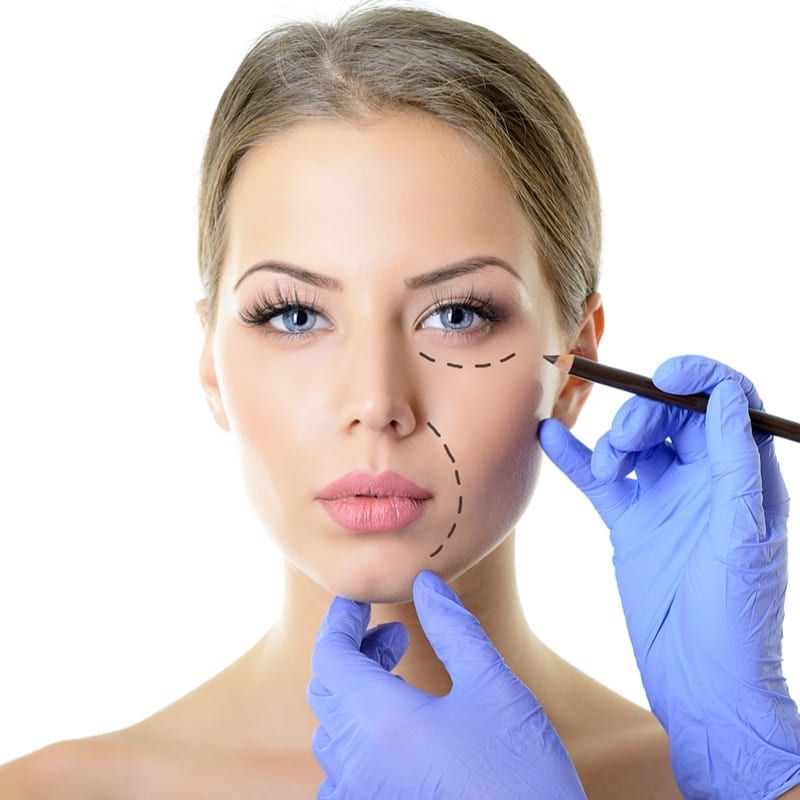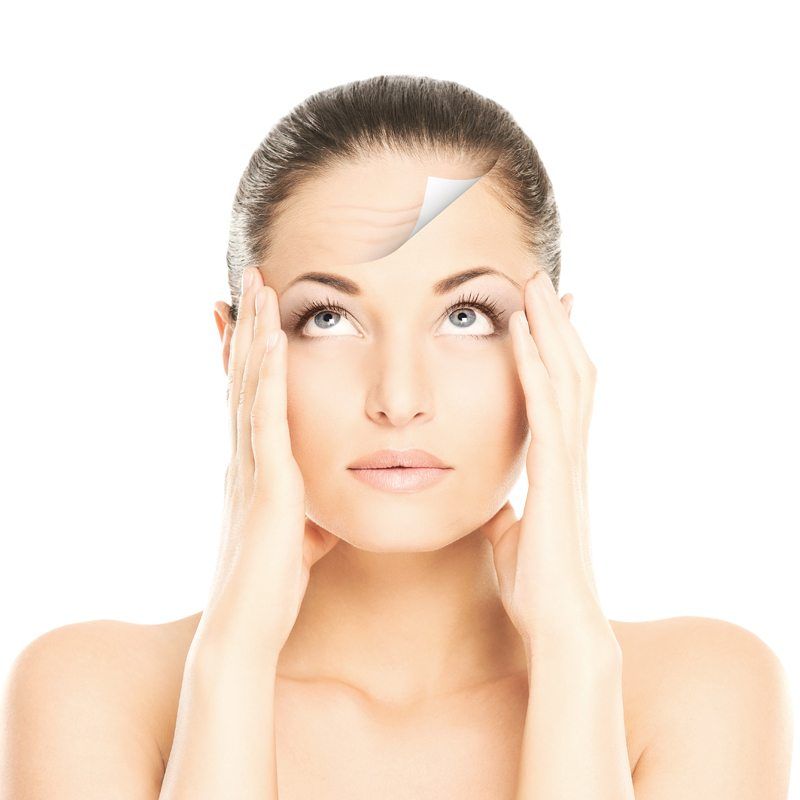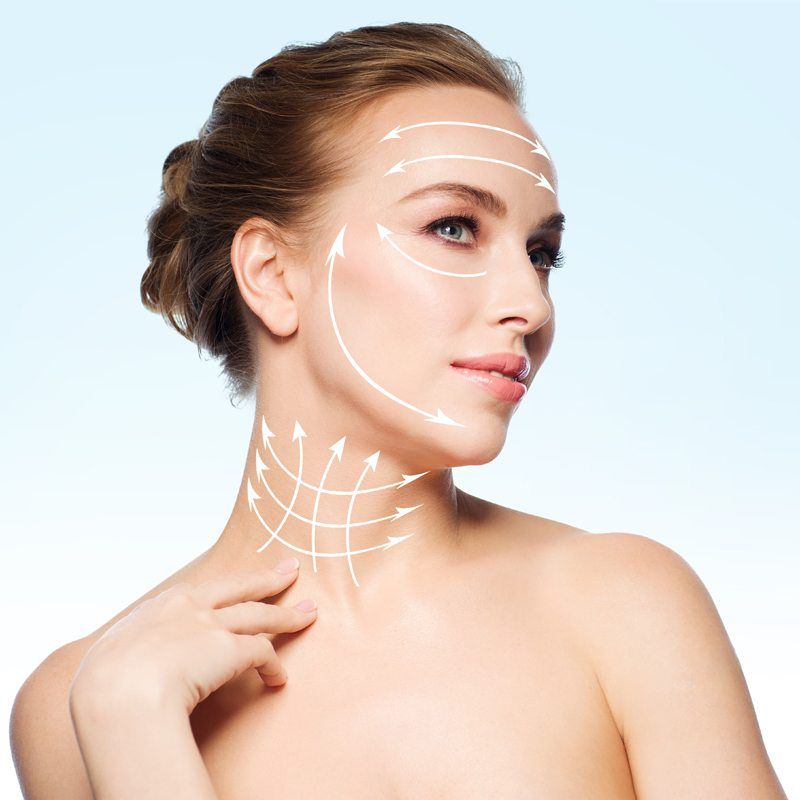Pediatric Oculoplastic Surgery
Children are wonderful joys in our lives and have a unique perspective of the world. Unfortunately they are not immune from medical disease and therefore often need expert care. Specifically, children can be burdened with problems of the eyelid, tear drain system and eye socket such as a traumatic injury, a tumor or congenital birth defect. The members of ASOPRS are skilled in treating many o f these disorders and are available to assist in caring for your kids.
Tearing
Excess tearing from the eye is not uncommon in children. The tear drain is located in the inner corner of the eyelids and runs into the nose. Unfortunately about 5% of infants are born with a congenital blockage of the tear drain. When this is present, babies will develop excess tears dripping from the eye along with occasional discharge form the eye and crusting along the lashes. The good news is 90% of these blockages open spontaneously during the first year of life. During this time period conservative treatment with massaging the tear system and topical antibiotics are the mainstay of treatment. If the problem continues beyond the first year of life or if a severe infection occurs during the first year of life, a surgical procedure can be performed to open up the tear drain, which is highly successful. Sometimes extra procedures are needed like placing a stent or stretching the tear drain with a balloon to help establish normal flow down the drain.
Eyelid Abnormalities
The eyelids function to protect the health of the eye. However if an eyelid does not form properly it can have an effect on visual development. A congenital droopy eyelid, Ptosis, most commonly occurs because the muscle inside the eyelid that lifts the lid did not former properly. The weakness in the eyelid muscles can be mild and often observed or it can be profound and need urgent surgery to prevent significant visual problems. The only viable treatment for a droopy eyelid is surgery to lift the eyelid. Multiple surgical techniques exist to accomplish this and are tailored to meet the needs of the child based on the severity of the droopy eyelid and the amount of function the muscle inside the eyelid has.
In addition to ptosis of the eyelid, other problems can affect the eyelid and its function. This includes in turning or out turning of the lid, misdirected eyelashes, congenital defects of the eyelid and even growth in the lid or superficially in the skin of the eyelid. Again, the importance of treating these problems and restoring normal eyelid function is to ensure the health of the eye and development of normal vision.
Orbital Disease
Thankfully, orbital problems are not that common in children. He orbit is the boney socket in the skull that houses the eye and all the associated structures that help the eye function. The most common problem to affect the eye socket in children is acute bacterial infections, most commonly spreading from an adjacent sinus infection. These serious infections require aggressive treatment with antibiotics and sometimes surgery. In addition, tumors of the eye socket occur as well. Hemangiomas are an over growth of blood vessels that grow rapidly in the first year of life then slowly regress. When present in the orbit or eyelids, it can seriously affect visual function and development. In addition, some cancers can occur around they eye in children. A combination of surgery, chemotherapy and sometimes radiation is used to treat these life threatening problems.
Finally, kids love to have fun but sometimes at the cost of injuring themselves. Injury to the eye, orbit and surrounding structures often heals with careful observation and rest. However more serious injuries may necessitate surgery to repair the damage.
Who Should Perform Pediatric Oculoplastic Surgery?
When choosing a surgeon to evaluate and treat pediatric oculoplastic problems that involve the eyelid, tear drain or orbit, look for an ophthalmic Facial plastic & reconstructive surgeon who specializes in the eyelids, orbit, and tear drain surgery. Member of the American Society of Ophthalmic Plastic and Reconstructive Surgery (ASOPRS) have the extra training required to care for these problems in children and adults. Membership in ASOPRS indicates your surgeon is not only a board certified ophthalmologist who knows the anatomy and structure of the eyelids and orbit, but also has expertise in ophthalmic plastic reconstructive Surgery to appropriately care for your child.







